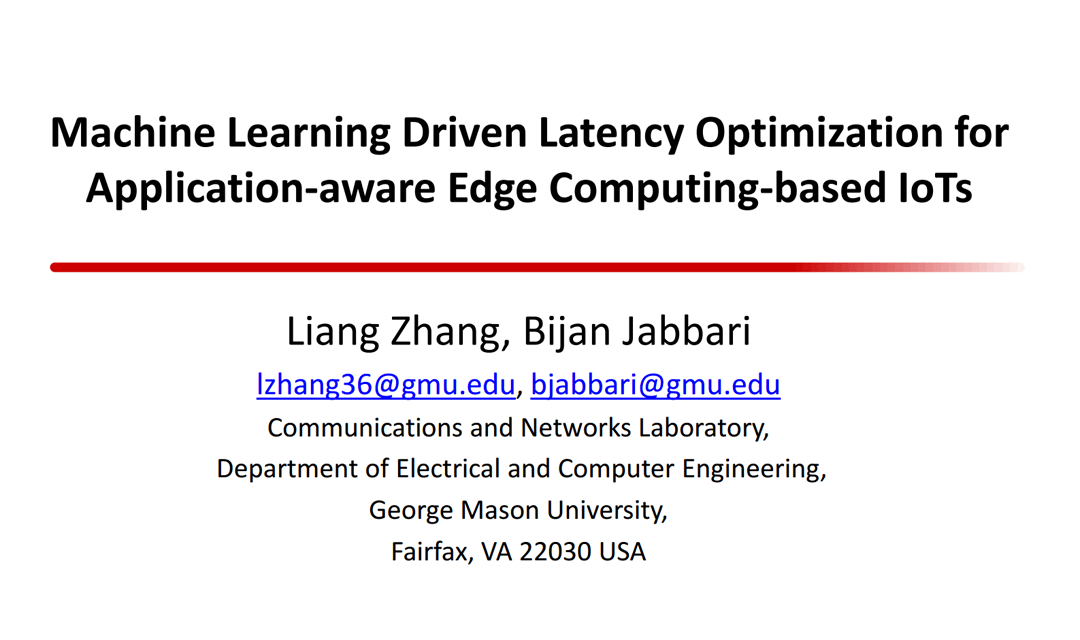Here are the basic concept of machine learning and some useful resources.
Background of Machine Learning:
Machine learning is a good approach for solving the dynamic optimization problems. A typical fully connected neural network formed by neurons consists of three layers: the input layer, the hidden layer and the output layer. Each link in the neural network has a weight and the weights of all links are randomly initialized, which will be updated according to the environment.
The deep Q-network and deep Q-learning (DQN) algorithm were developed and proposed by Google Deepmind. In DQN, a fixed neural network and a target neural network are used to learn the environment.
In the deep deterministic policy gradient (DDPG) algorithm, two pairs of neural networks are utilized: the actor neural network and the critic neural network, the target actor network and the target critic network.

For more details, please refer to the reference below:
L. Zhang, B. Jabbari and N. Ansari, “Deep Reinforcement Learning Driven UAV-assisted Edge Computing,” IEEE Internet of Things Journal, vol. 9, no. 24, pp. 25449-25459, Dec. 2022.
Deep Q Learning:
Here are some good DQN Python codes. They are all free to be downloaded. You need to use Python > 3.7 and Tensorflow >2.0 to run them.
Deep Reinforcement Learning:
Here are some good DQN Python codes. They are all free to be downloaded. You need to use Python > 3.7 and Tensorflow >2.0 to run them.


